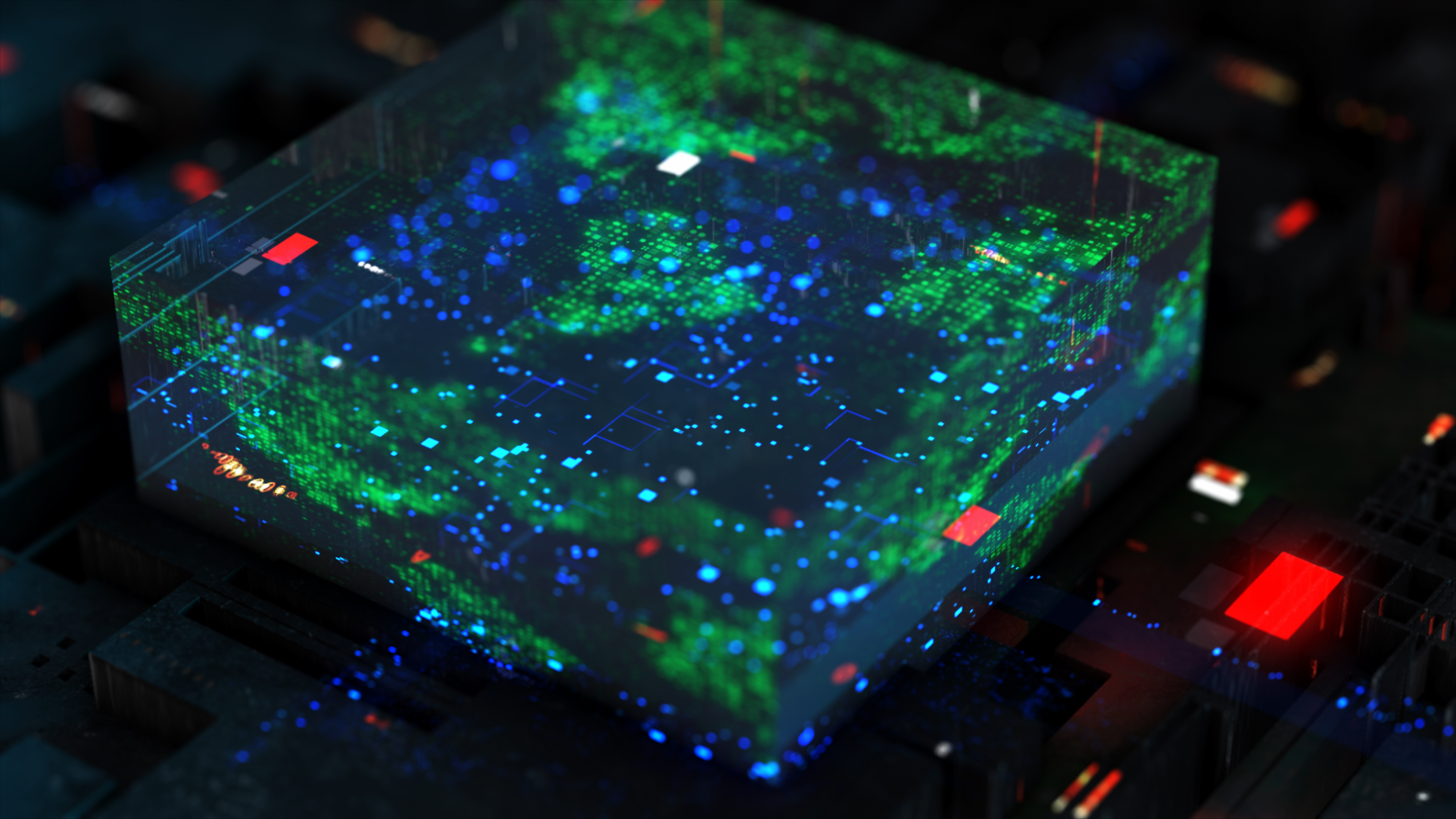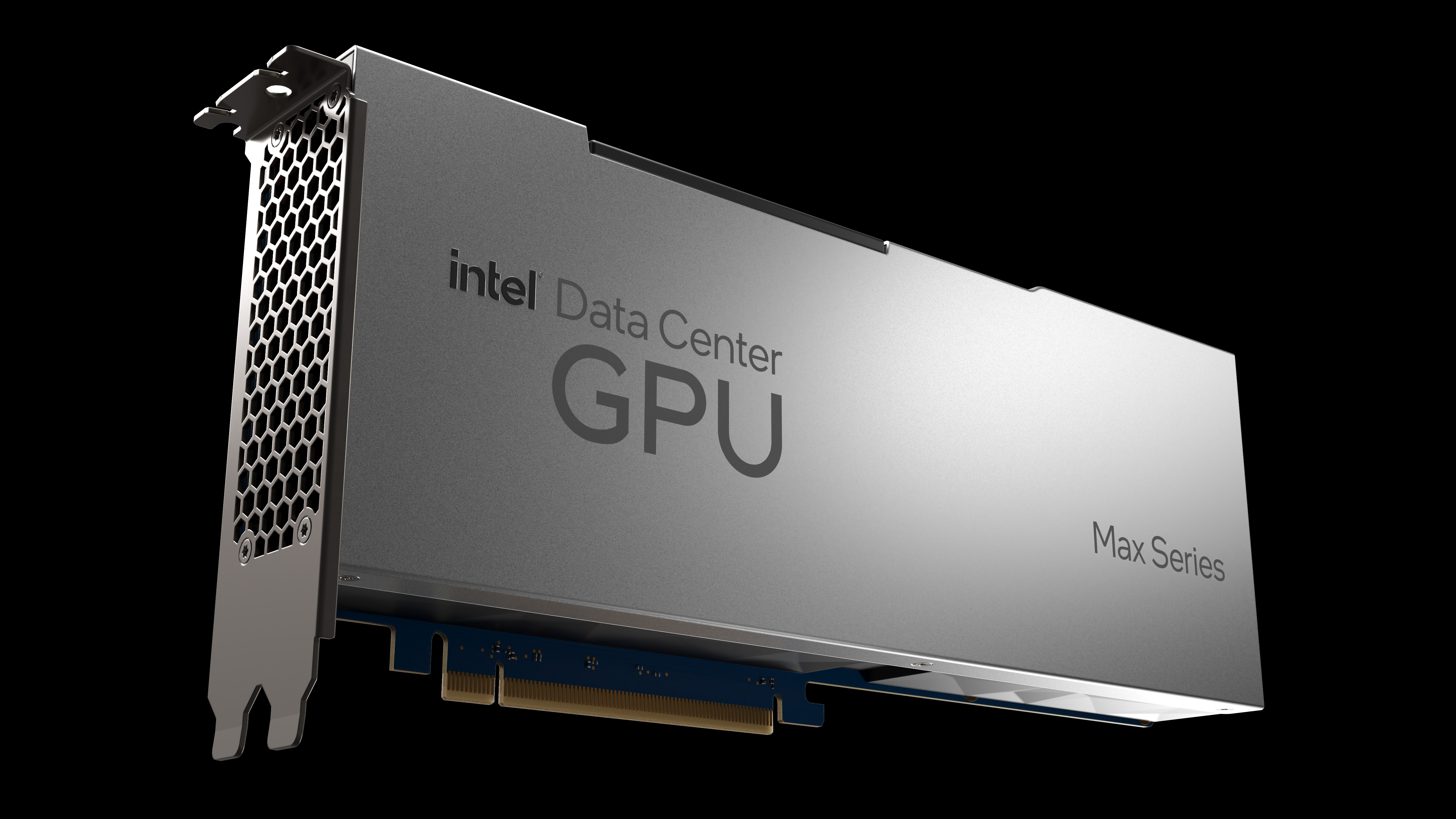Computing at the speed of light
One of the fastest ways we have to transfer data is via light – which is why fibre optic cables are so whizzy with broadband. So why don’t we build computers using the same idea?

Computing at the speed of light is a compelling idea and one that’s been proven in experiments. But it’s not easy to build a device small enough to interface with the electronic architecture that makes up traditional computers. As light has a relatively large wavelength, optical chips are much larger than electric versions.
Researchers at the universities of Oxford, Exeter and Münster may have found the beginnings of a solution, by shrinking light into nanoscopic dimensions. Nikolaos Farmakidis, a graduate student at the University of Oxford and co-author of a paper on the development of the electro-optical computing device, explains what all this means. He and co-author Nathan Youngblood both worked on the idea at Harish Bhaskaran’s lab in Oxford, alongside collaborators at the other universities.
What problems were you trying to solve?
We’ve long realised, mostly in communications, that light has very big advantages in comparison to electronics. The spread of communications onto the internet is highly due to the presence of optics through optical fibres. We thought that this is something we could exploit in the computing field as well… but while electronics have their limitations, they are good at other tasks.
Our motivation was to capitalise on the advantages of both. We’re trying to bring in the speed with which light travels, the bandwidth it has and the low loss in transferring information. But at the same time, we want to use the already built network of electronics, which is highly scalable, to create structures that capitalise on the advantages of both of these modes of operation.
What were the challenges?
The biggest physical challenge to combine optics and electronics is the different length scales they operate at. If you imagine light having a length scale or wavelength in the low microns for communications, and electronics work most efficiently at nanoscale dimensions – as you can see in the latest integrated circuits – it’s clear that these are two things that don’t combine.
Get the ITPro daily newsletter
Sign up today and you will receive a free copy of our Future Focus 2025 report - the leading guidance on AI, cybersecurity and other IT challenges as per 700+ senior executives
How did you solve that?
There’s almost like a trick that you can play with light. It’s confined into what we call a “surface plasmon”. We confine light into an electric field caused by an oscillation of electrons… which fundamentally allows us to scale things down a few orders of magnitude.
And that electro-optical device will allow us to have the best of both worlds for computing?
It depends a little bit on how you define “computing”. This device works for computing, but it’s still a building block. It colocates memory and processing, and we can store information on it using light or electronics, and use it to compute with, but it’s not something that you can upload code to yet, it’s not something that operates like a standard computer.
How will this be used?
The companies that are interested in this work are looking at technologies that are going to be implemented in the next five years or so. If I were to pinpoint the first application of this, I wouldn’t say that it would be personal computing. It’s more likely we will see it in servers where multiplications of many numbers together is required at a very high rate.
Electronics are very good at multiplying or doing operations on individual numbers. But the computing protocols we’ve used have changed a bit and now what’s needed is the multiplication of many sets of numbers together – it’s what we call “matrix multiplication”.
This is a device that lends itself to that. Light fundamentally has the possibility that you can send and operate on many numbers at the same time, which you can encode in the wavelength, whereas with electronics you are pretty much bound to a single signal. I would say that the device will be most useful in any applications where you require fast operation on large sets of numbers simultaneously.
Nik Rawlinson is a journalist with over 20 years of experience writing for and editing some of the UK’s biggest technology magazines. He spent seven years as editor of MacUser magazine and has written for titles as diverse as Good Housekeeping, Men's Fitness, and PC Pro.
Over the years Nik has written numerous reviews and guides for ITPro, particularly on Linux distros, Windows, and other operating systems. His expertise also includes best practices for cloud apps, communications systems, and migrating between software and services.
-
 Asus ZenScreen Fold OLED MQ17QH review
Asus ZenScreen Fold OLED MQ17QH reviewReviews A stunning foldable 17.3in OLED display – but it's too expensive to be anything more than a thrilling tech demo
By Sasha Muller
-
 How the UK MoJ achieved secure networks for prisons and offices with Palo Alto Networks
How the UK MoJ achieved secure networks for prisons and offices with Palo Alto NetworksCase study Adopting zero trust is a necessity when your own users are trying to launch cyber attacks
By Rory Bathgate
-
 Google claims its AI chips are ‘faster, greener’ than Nvidia’s
Google claims its AI chips are ‘faster, greener’ than Nvidia’sNews Google's TPU has already been used to train AI and run data centres, but hasn't lined up against Nvidia's H100
By Rory Bathgate
-
 £30 million IBM-linked supercomputer centre coming to North West England
£30 million IBM-linked supercomputer centre coming to North West EnglandNews Once operational, the Hartree supercomputer will be available to businesses “of all sizes”
By Ross Kelly
-
 How quantum computing can fight climate change
How quantum computing can fight climate changeIn-depth Quantum computers could help unpick the challenges of climate change and offer solutions with real impact – but we can’t wait for their arrival
By Nicole Kobie
-
 “Botched government procurement” leads to £24 million Atos settlement
“Botched government procurement” leads to £24 million Atos settlementNews Labour has accused the Conservative government of using taxpayers’ money to pay for their own mistakes
By Zach Marzouk
-
 Dell unveils four new PowerEdge servers with AMD EPYC processors
Dell unveils four new PowerEdge servers with AMD EPYC processorsNews The company claimed that customers can expect a 121% performance improvement
By Zach Marzouk
-
 Intel unveils Max Series chip family designed for high performance computing
Intel unveils Max Series chip family designed for high performance computingNews The chip company claims its new CPU offers 4.8x better performance on HPC workloads
By Zach Marzouk
-
 Lenovo unveils Infrastructure Solutions V3 portfolio for 30th anniversary
Lenovo unveils Infrastructure Solutions V3 portfolio for 30th anniversaryNews Chinese computing giant launches more than 50 new products for ThinkSystem server portfolio
By Bobby Hellard
-
 Microchip scoops NASA's $50m contract for high-performance spaceflight computing processor
Microchip scoops NASA's $50m contract for high-performance spaceflight computing processorNews The new processor will cater to both space missions and Earth-based applications
By Praharsha Anand